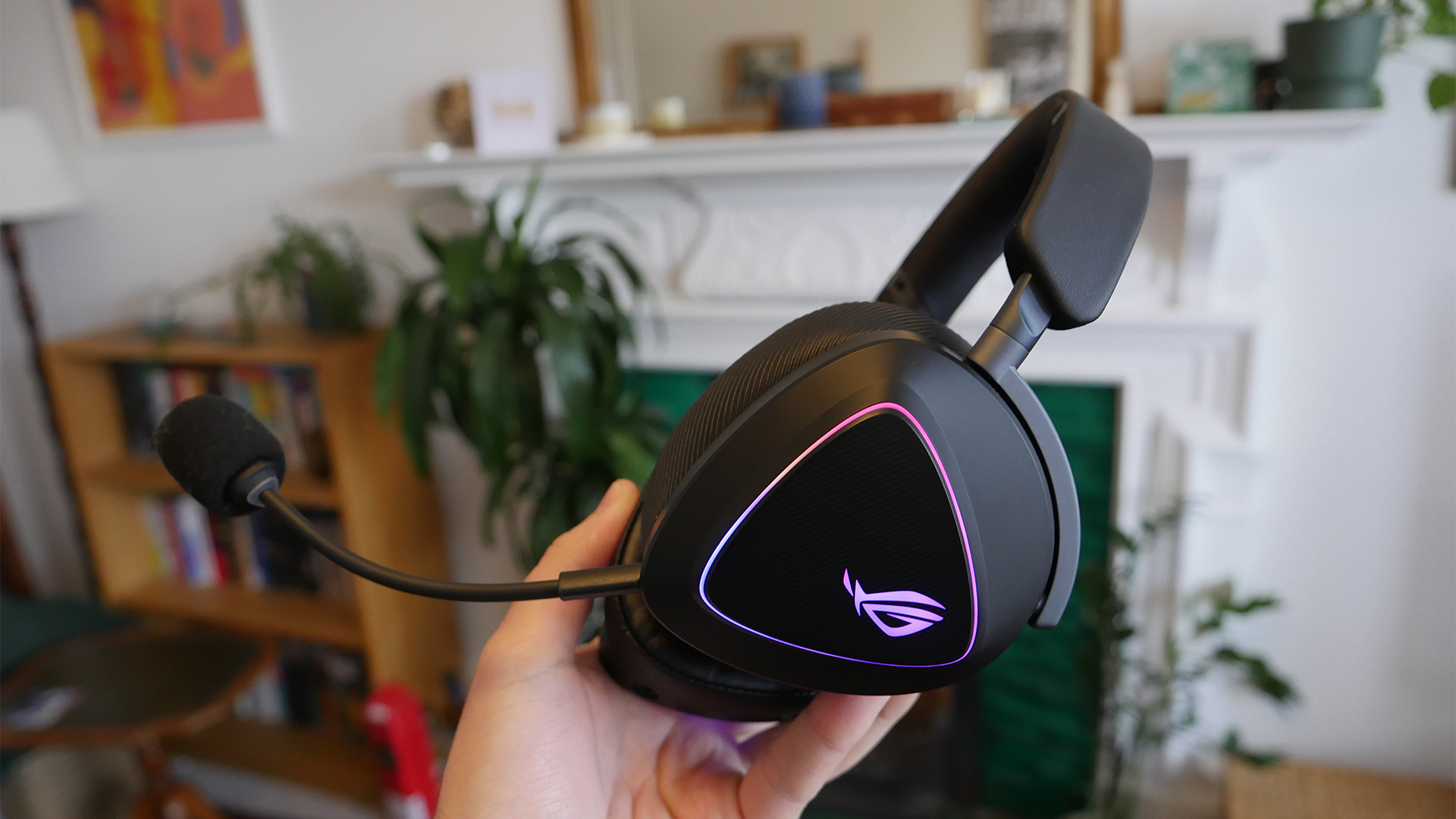
The art of building a good headset can bring you to a set of vague rules that might well contradict each other – make it light enough to be comfy, but not so light as to feel cheap; bring huge battery life, but also small swappable batteries; make the microphone studio-quality but also retractable to hide away.
Really, only the most premium options among the best gaming headsets can afford to meet all these demands, and if you take a step down to the mid-range (but still pricy) bracket then you'll find headsets that make choices about what to prioritise.
Asus has done just that with the ROG Delta II, which has some great stuff up its sleeve – and I've been testing it for many weeks now in tandem with my PS5 Pro, which makes the perfect match.
Asus ROG Delta II: Price & Availability
The ROG Delta II has had a slightly confusing journey to the market – largely because it's been available in the US for a lot longer than here in the UK. Regardless, you can now get it in both territories, as well as elsewhere; in the US it's priced at $229, while in the UK it's £219.
However, it's worth noting that I'm seeing the headset widely available for below £/$200 already, as you can see in the shopping widget above, suggesting that the full RRP won't often be the one you'll need to pay.
This puts it well below the marker of the fanciest headsets out there from the big brands, like the SteelSeries Arctis Nova Pro Wireless (my personal favourite), many of which hover around £300/$300 or more.
Asus ROG Delta II review: Design & Features
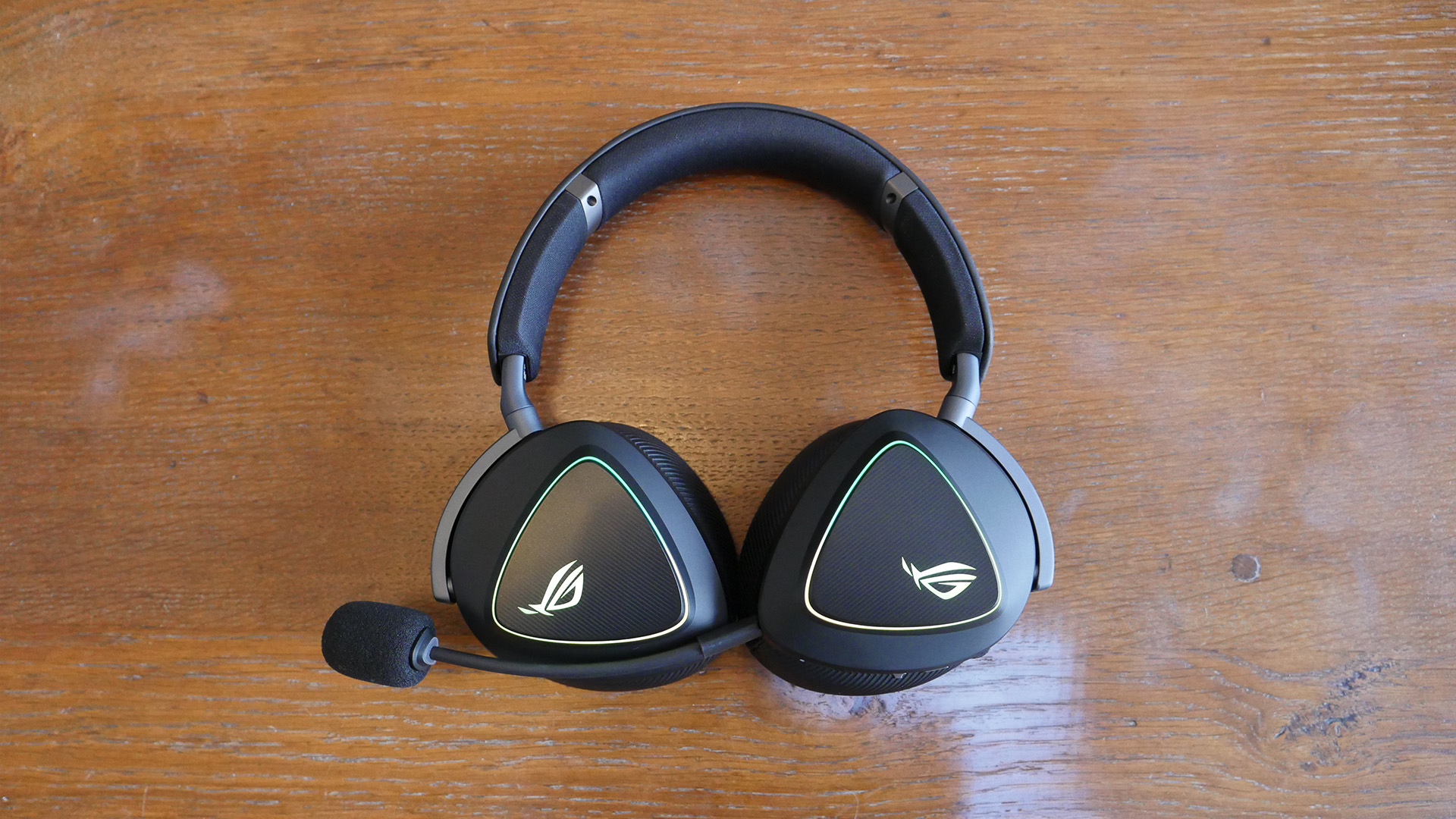
Asus stands somewhat alone in the headset world because of its fascination with the triangular shape. The ROG Delta II are in that bracket, with triangular earcups that stand out from a distance, but basically do the job identically to more traditional designs.
The outside of each earcup has a ring of RGB lighting, and each has a light-up ROG logo too, which by default pulses through the rainbow. How you feel about it aesthetically is your business, but it has a negative power outcome that I'll touch on later.
Most of the headset is made of plastic, with the major exception of the swivelling arms that actually connect the earcups to the headband. This part is metal, and feels well-made. It also has enough travel to make getting a fit on differently-shaped heads easy.
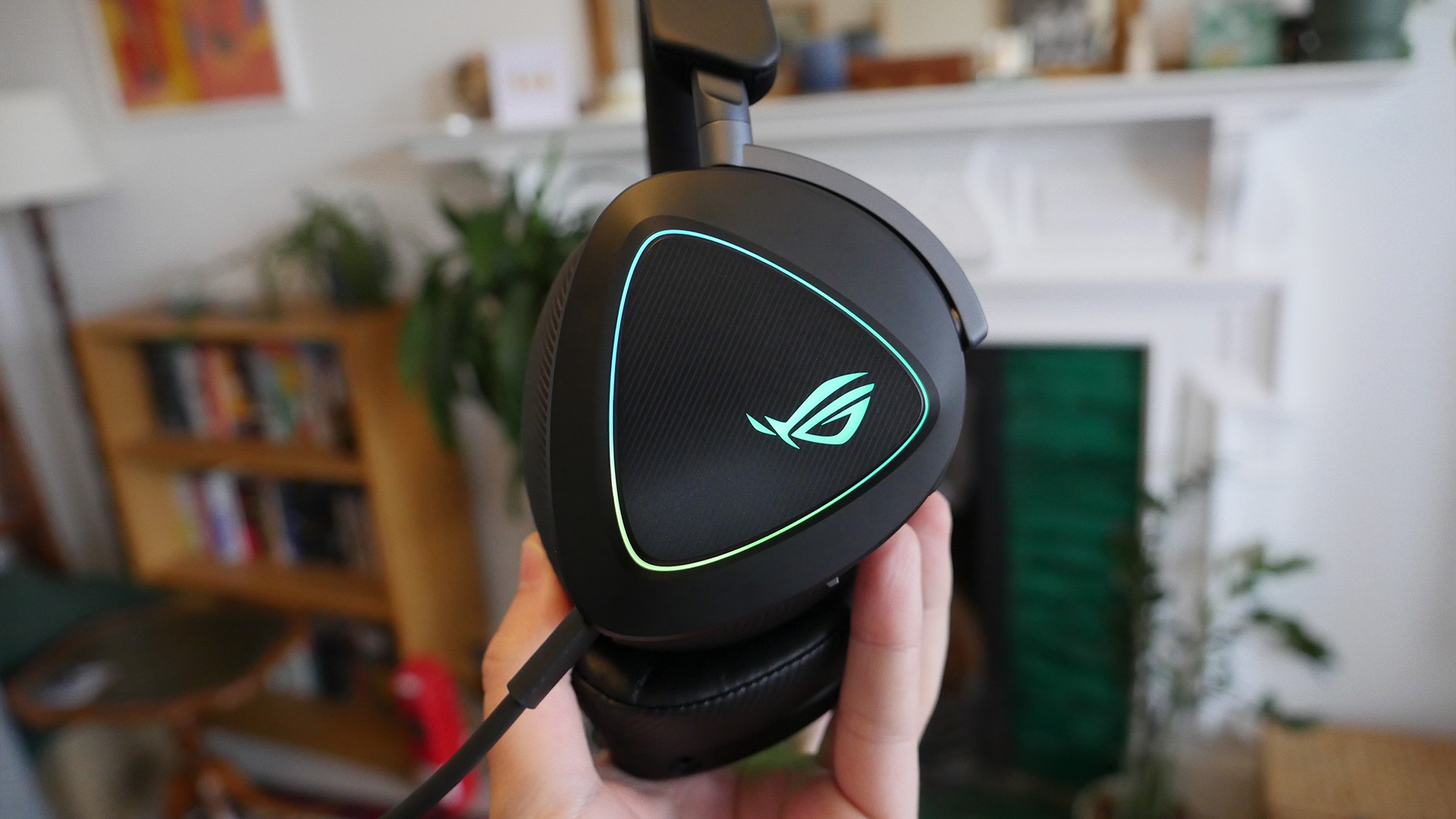
That said, this is one of the looser headsets I've ever tested, and while that made it extremely comfortable for me, the fact that I was using the tightest possible headband configuration makes me wonder if those with smaller heads might find it too loose.
One note of major praise for the ear cushions, which are extremely soft, but more importantly can be swapped between the leatherette default or some cloth mesh alternatives. Asus throws those into the box for free, which other companies could learn from, because choice is a great factor.
The microphone is fully detachable here, rather than removable, and is surprisingly directional, which means that Asus has added a little visual marker to help you ensure it's pointed the right way at your mouth.
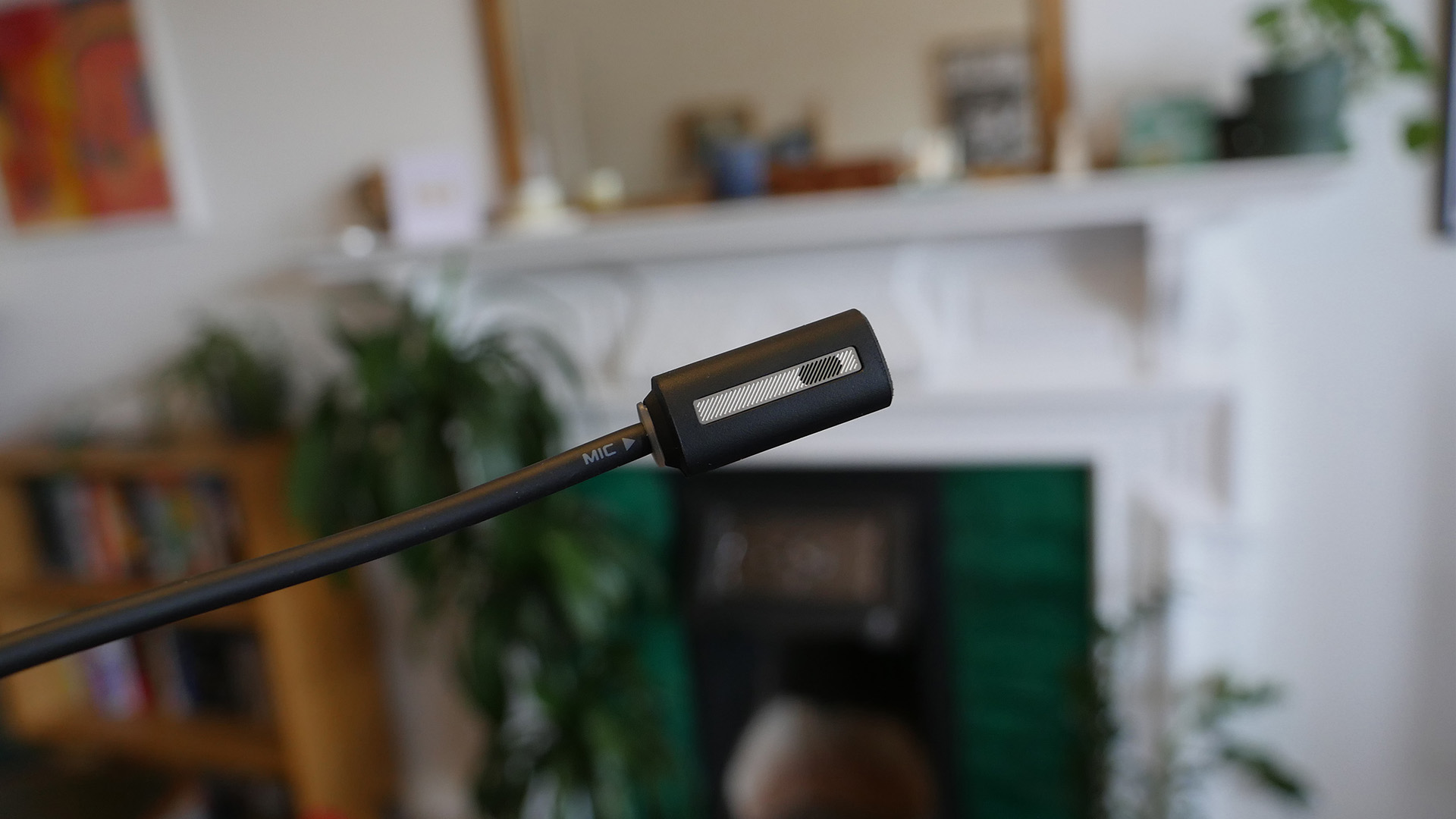
Finally, there is a great range of controls on the headset itself, including independent volume controls for Bluetooth connections and 2.4GHz Wi-Fi connections, which could be really handy if you're using dual audio.
You also get two function buttons that control connectivity (but also other features via different presses), a nice clicky on/off switch, a USB-C charging port, and a 3.5mm connection port for wired audio.
The package is rounded out by a small USB-C dongle for that 2.4GHz mode. This works a treat with the PS5 Pro, which continues the trend towards more USB-C ports on consoles (and it doesn't come with a USB-A adapter, to be clear).
Asus ROG Delta II review: Sound & Battery Performance
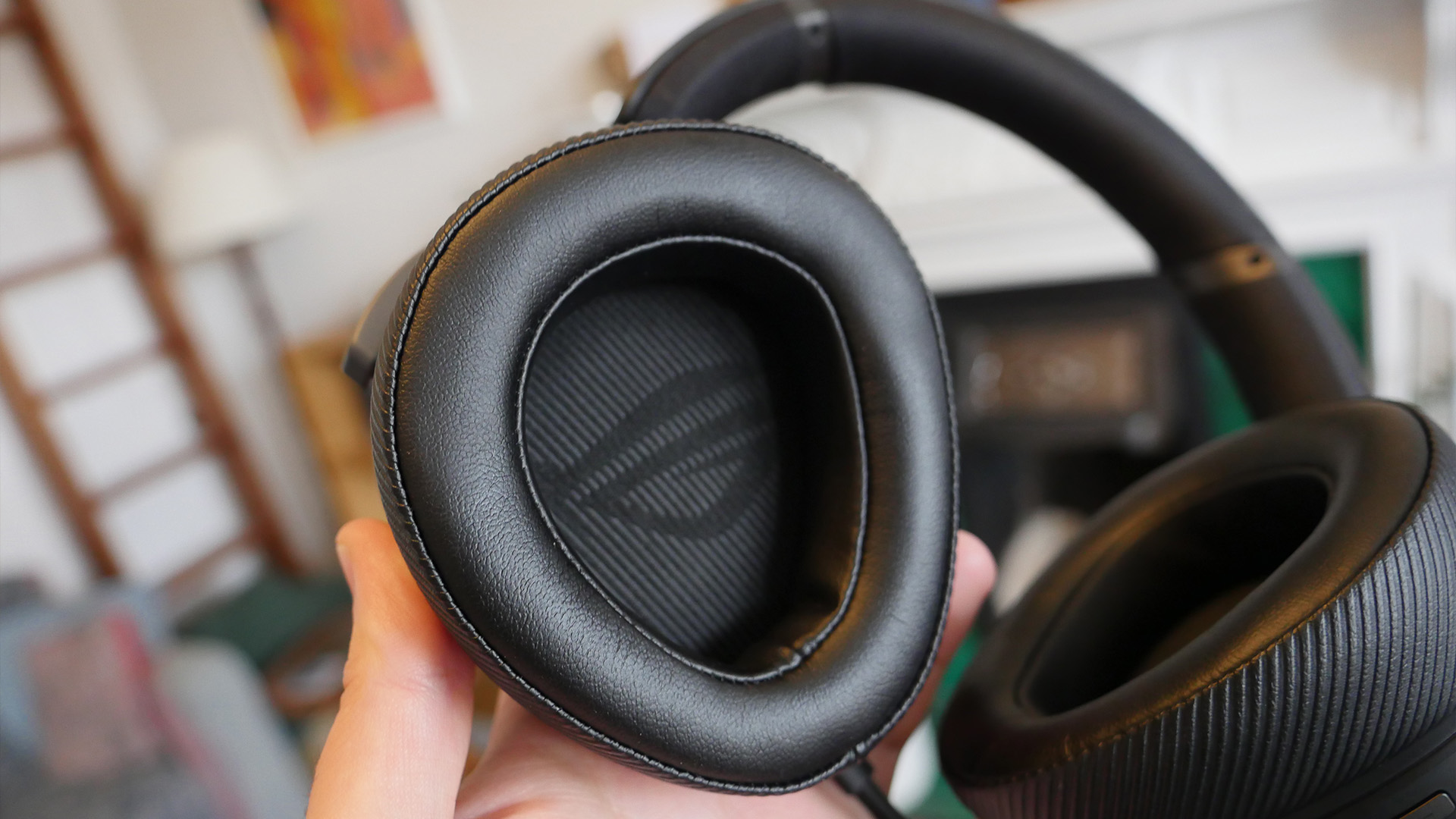
Asus already had a solid headset sound-wise when it came to the previous generation of the ROG Delta, so it's no surprise that its reprise is marginally better (and that's a good thing).
The Delta II headset uses 50mm titanium-plated diaphragm drivers, which translates to great sound that can get boomingly loud if you want it to, but also has decent amounts of quiet detail if you crank it right down.
I've found it excellent with both immersive single-player experiences like the Oblivion remaster and while playing frenetic shooters like Warzone and Marvel Rivals, where the positioning of an enemy's footsteps has major importance.
With no active noise-cancelling (ANC) to account for, isolation is decent using the leatherette cushions, but it's not so cocooning – so you'll be unable to hear someone talking next to you. Again, that's potentially a good thing if you want a headset that doesn't make you obnoxiously isolated, but which still sounds great.
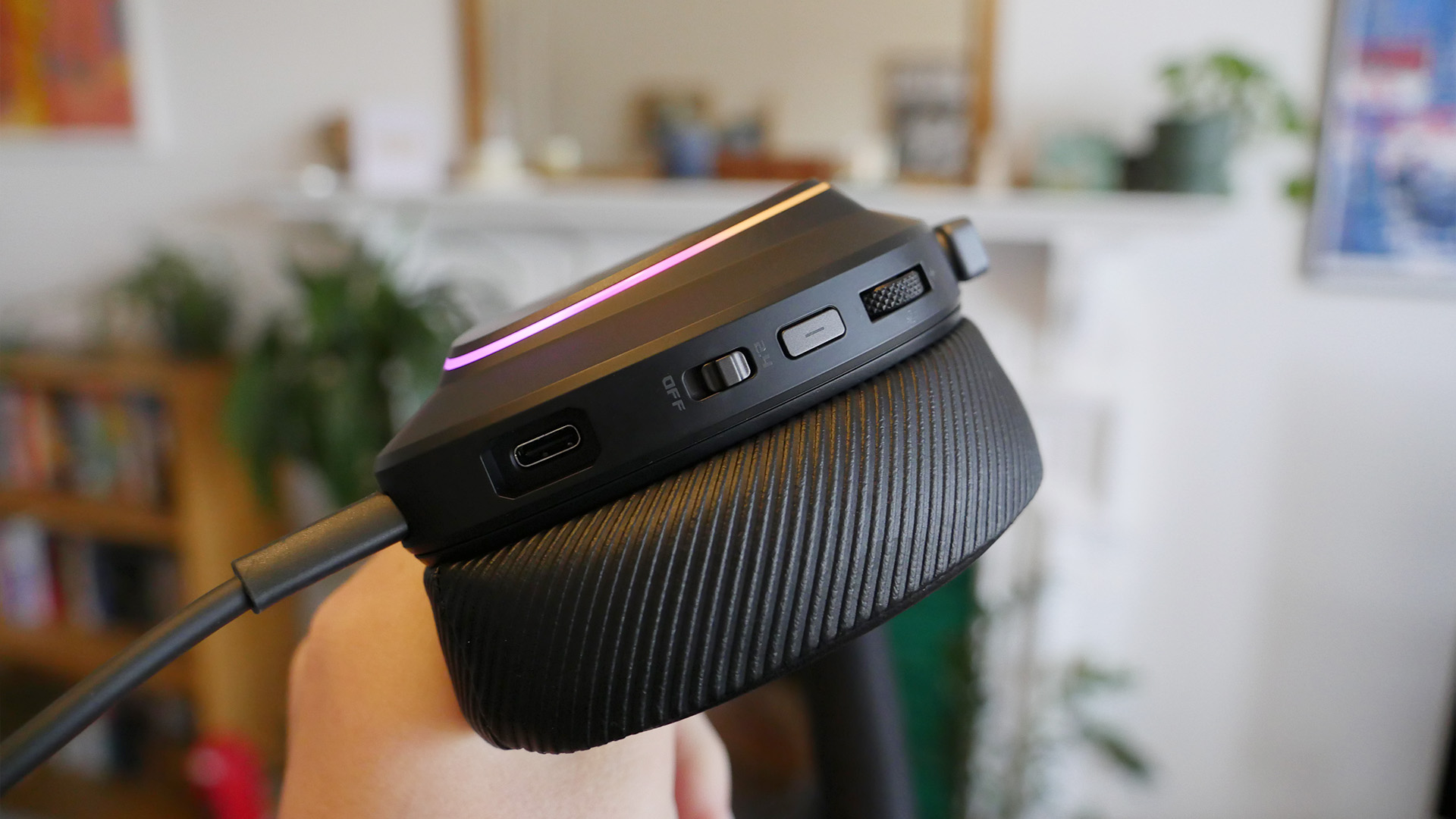
The microphone is extremely solid, although the fact that you have to keep it oriented correctly can be fiddly. That little marker makes this easier, but even it can be hard to see without taking the headset off to do a more in-depth adjustment.
Finally, though, battery life brings a bit of a weird detail to the fore. With the RGB lighting switched on, as it is by default when you get the headset unboxed, the ROG Delta II manages about 33 hours of usage, which isn't too bad. Turn off the RGB by holding down one of the function buttons, though, this more than triples to around 110 hours.
I can't believe Asus wouldn't be clearer about this in its packaging, or that it wouldn't turn off the lighting by default to get people the advertised battery numbers without compromise. I get that aspiring streamers might want a headset with lighting to match their setup or backdrop, but this feels like a weird compromise for regular gaming use.
Asus ROG Delta II review: Verdict
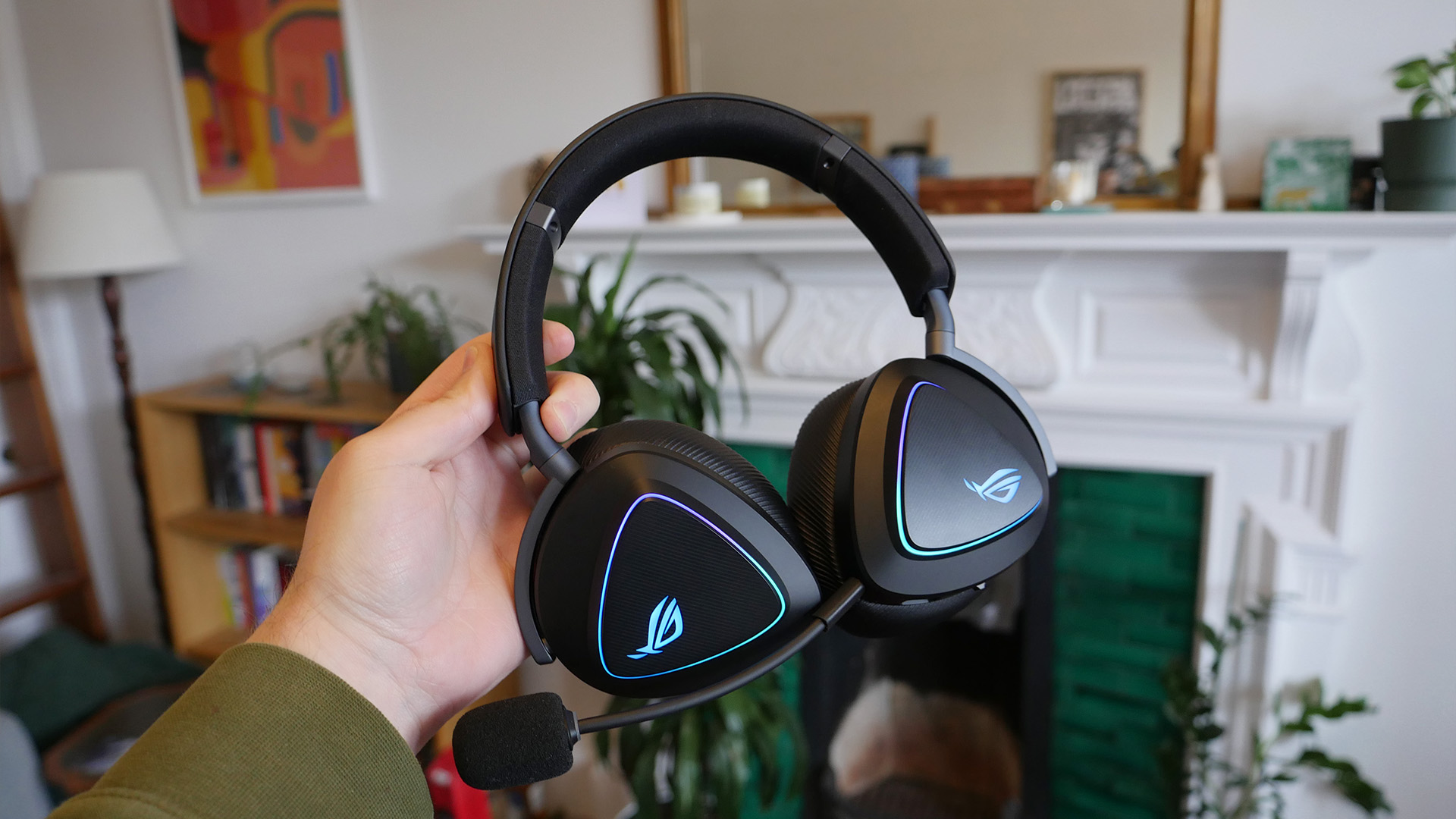
The Asus ROG Delta II is a great headset – one that I think has really broad appeal. It's high quality enough both in build and sound to merit its price, but also not so expensive that it becomes off-putting.
So long as you remember to turn off its RGB lights, it also has stellar battery life. There's also rock-solid connectivity and good on-headset controls, which all goes to make for a great overall package. Active noise-cancelling would elevate it further, but I still think it's an extremely solid buy at its price.
Also Consider
If you do indeed want ANC in your gaming headset, along with battery-swapping smarts and best-in-class sound, then my favourite headset is the one for you. The SteelSeries Arctis Nova Pro Wireless remains a star even years after its release.
For something a little closer to Asus' price point, there's also the ever-impressive Razer BlackShark V2 Pro, which feels a little more solid in the hand and on the head, but is very comparable in terms of features. It might come down to which design you prefer, quite honestly.







